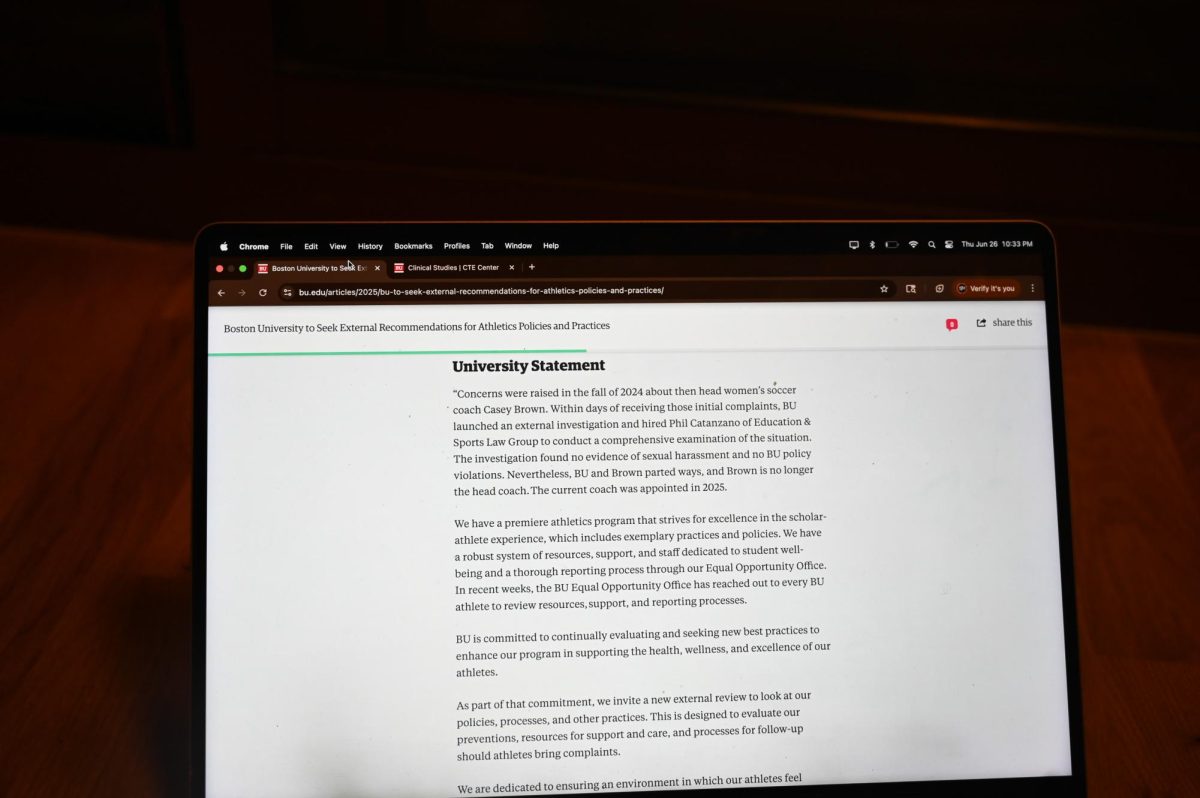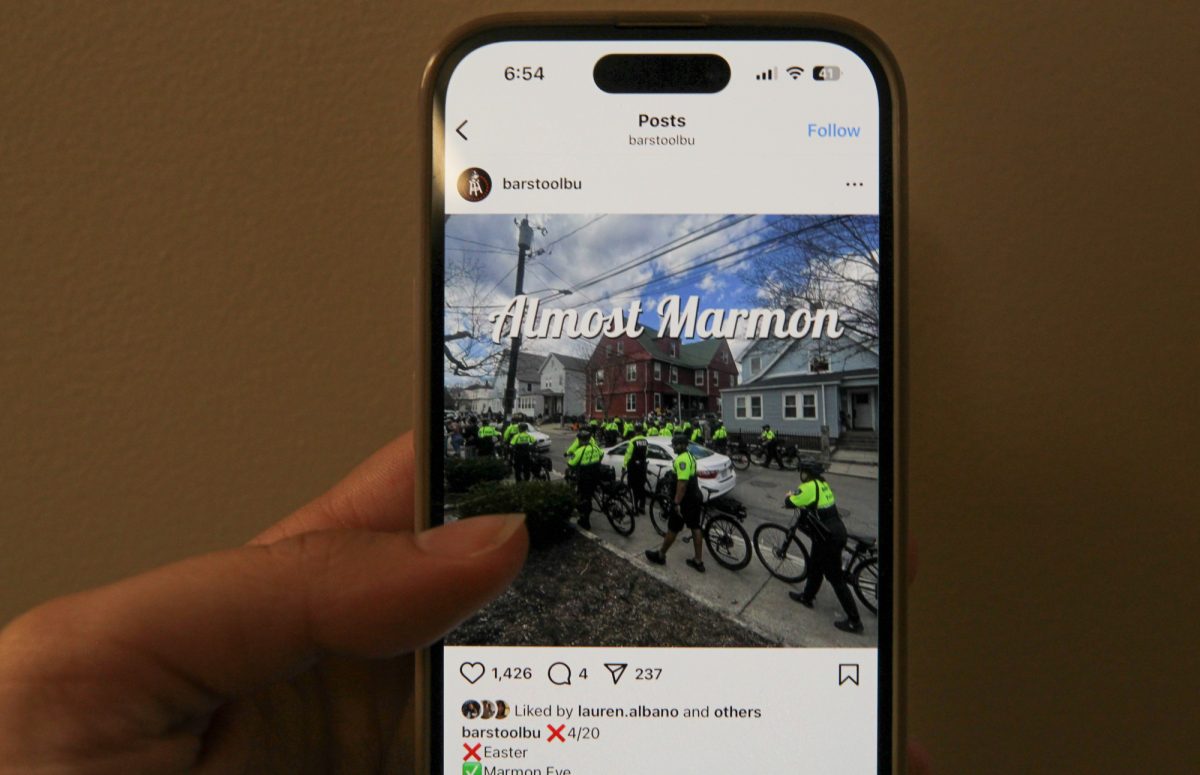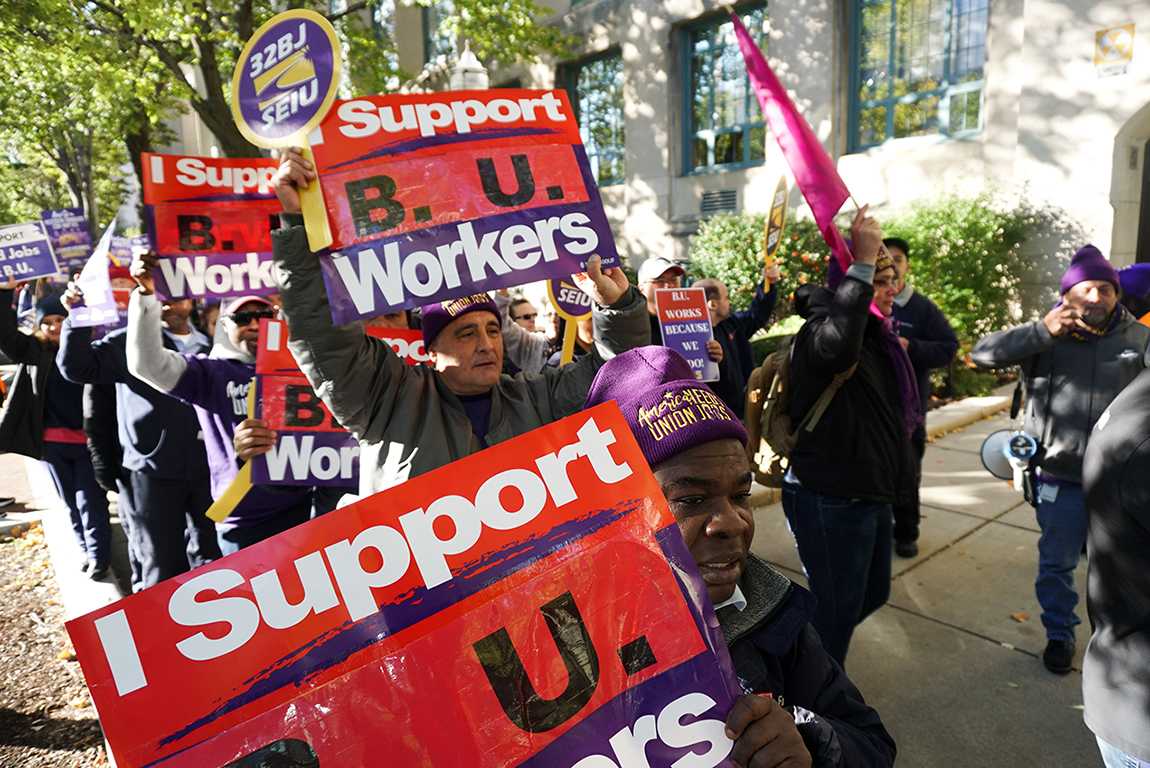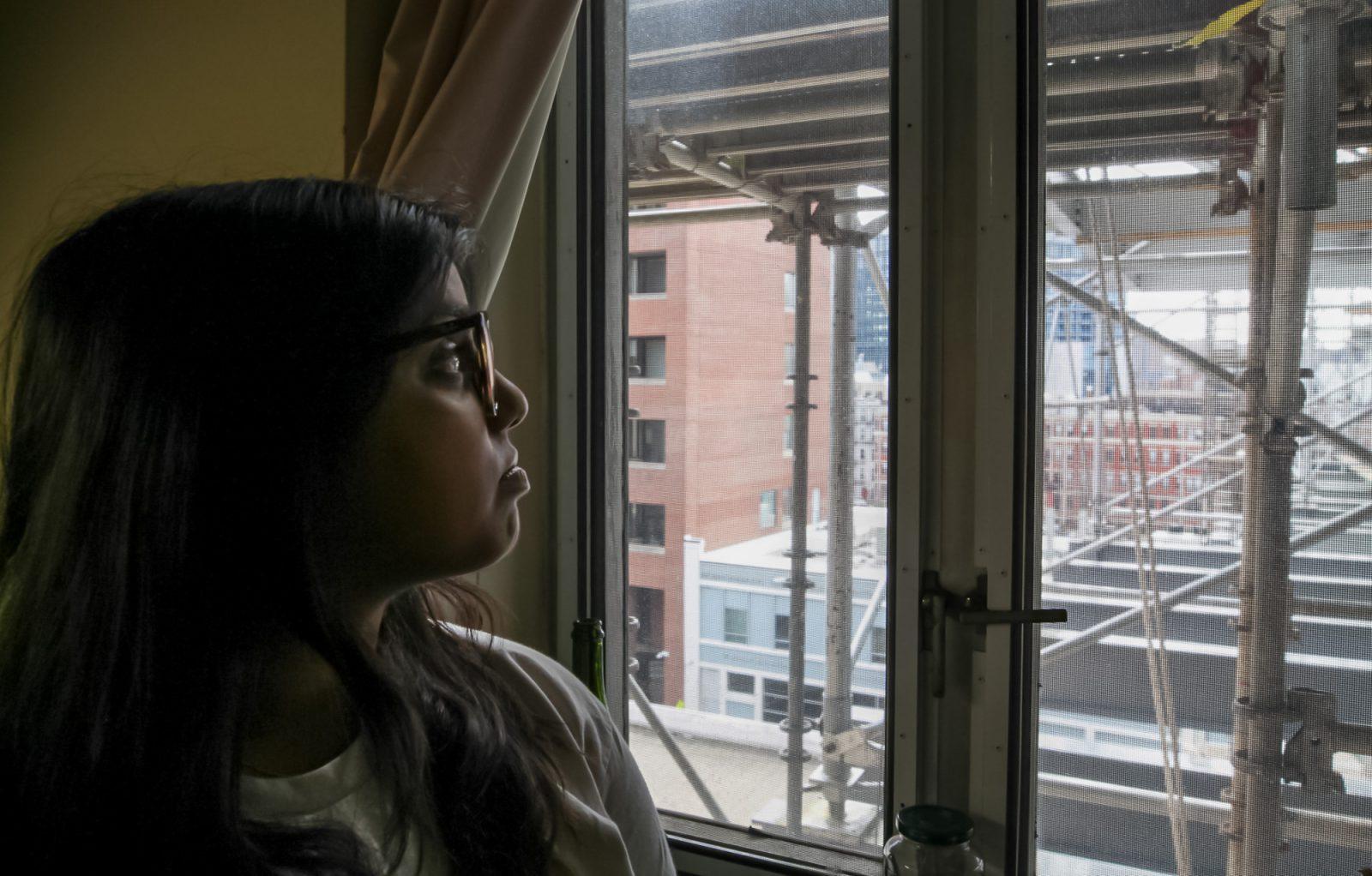Just days after American intelligence agencies jointly reported that terrorist numbers are on the rise, several Boston agencies participated in an emergency drill yesterday simulating anthrax detection in outgoing mail at the U.S. Postal Service Processing and Distribution Center.
The multi — agency emergency preparedness exercise was designed to evaluate the USPS Biohazard Detection System, which focuses on detecting anthrax. The event served as a test for the newly developed Incident Command System of emergency management.
A Biohazard Detection System machine installed in the Boston General Mail Facility sounded an alarm at approximately 4:30 p.m., alerting USPS workers that a piece of mail potentially containing anthrax had been detected.
By 4:38, evacuated employees and customers stood on the curb across the street, where U.S. Postal Police contained them. Police formed a perimeter around the entire block, and officers vigilantly guarded all entrances to the scene.
Charles Vidich, manager of environmental compliance at the Northeast Area Office of the USPS, was not allowed inside. Although at first frustrated that his elevated rank did not allow him access to the site, Vidich eventually expressed approval of the stringent security measures.
“It’s actually a good thing,” he said. “We could be impersonating someone. At least you know some of the right security measures are in place. . . . You always learn something from a drill.”
As impatient employees and detained customers waited outside, the U.S. Postal Inspection Service, the Boston Fire Department and the Massachusetts and Boston Departments of Public Health were busy at work inside the postal center.
According to USPS spokesman Bob Cannon, when the alarm sounds, the parcel in question could go through inspection up to 90 minutes before.
Although the mail could not have left the facility within this time frame, the delay requires inspectors to isolate the entire outgoing mail area in order to determine which machine issued the alert and which piece of mail might be contaminated.
Once the allegedly hazardous letter was identified in this simulation, the sample was collected and transported to a Jamaica Plains crime lab.
“If this were a real threat, the building would be completely shut down for at least three days,” Cannon said. “Mail would be diverted to other mail centers.”
Back at the Processing and Distribution Center, USPS employee volunteers “exposed” to the contaminated mail wore protective suits as the Department of Public Health subjected them to a thorough decontamination process, including a detoxifying shower.
“We’re trying to make [this drill] as real as possible; we’re not cutting any corners,” said Cheryl Sawyers, inspector for the United States Postal Inspection Service.
Throughout the premises, evaluators from Washington, D.C. headquarters patrolled in bright orange vests.
“They assess how everyone responds, collect data, and analyze weaknesses and strengths so that we would be better prepared if we really had to deal with [an anthrax threat],” Sawyers explained. “There were people timing how long it takes to do everything — to evacuate the building, everything.”
Initiated by the Department of Homeland Security, the drill was one of five to be conducted at national locations across the nation. Boston was selected because of its importance as one of the country’s leading financial, commercial and educational hubs.
“These exercises are important to see how all different agencies can combine in an incident response,” Sawyers said. “If it’s a city-wide attack, it’s very important to have everyone on the same page.”
“We’re at war,” Sawyers added, when asked about the possibility of anthrax. “We do take it very seriously, the possibility of any future attacks.”




















































































































